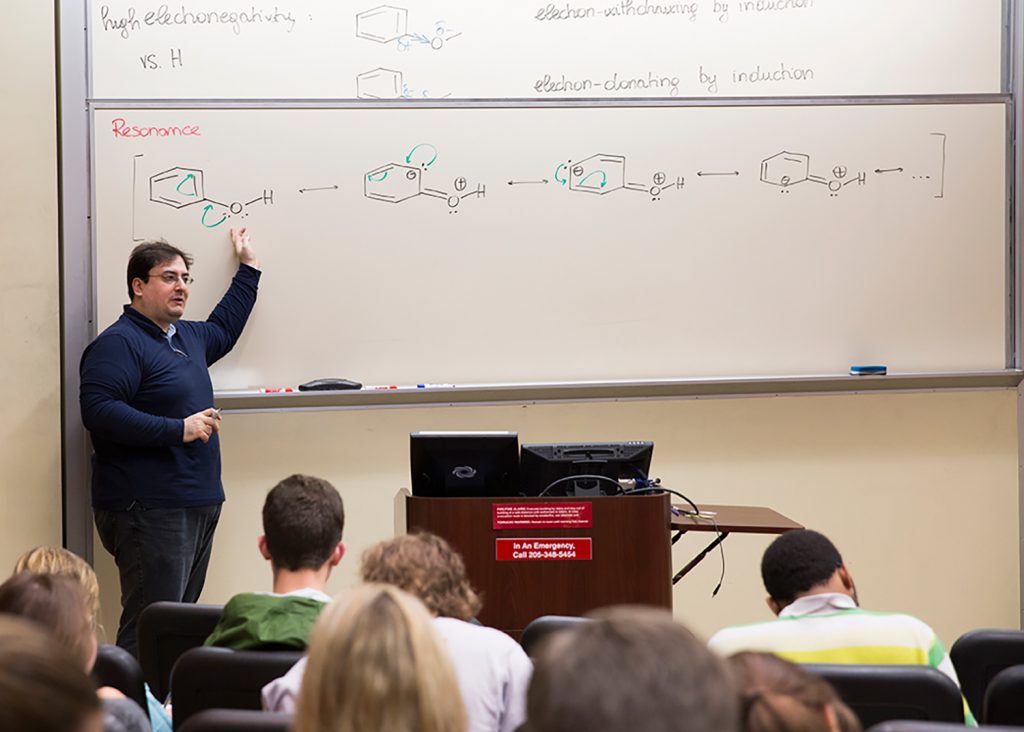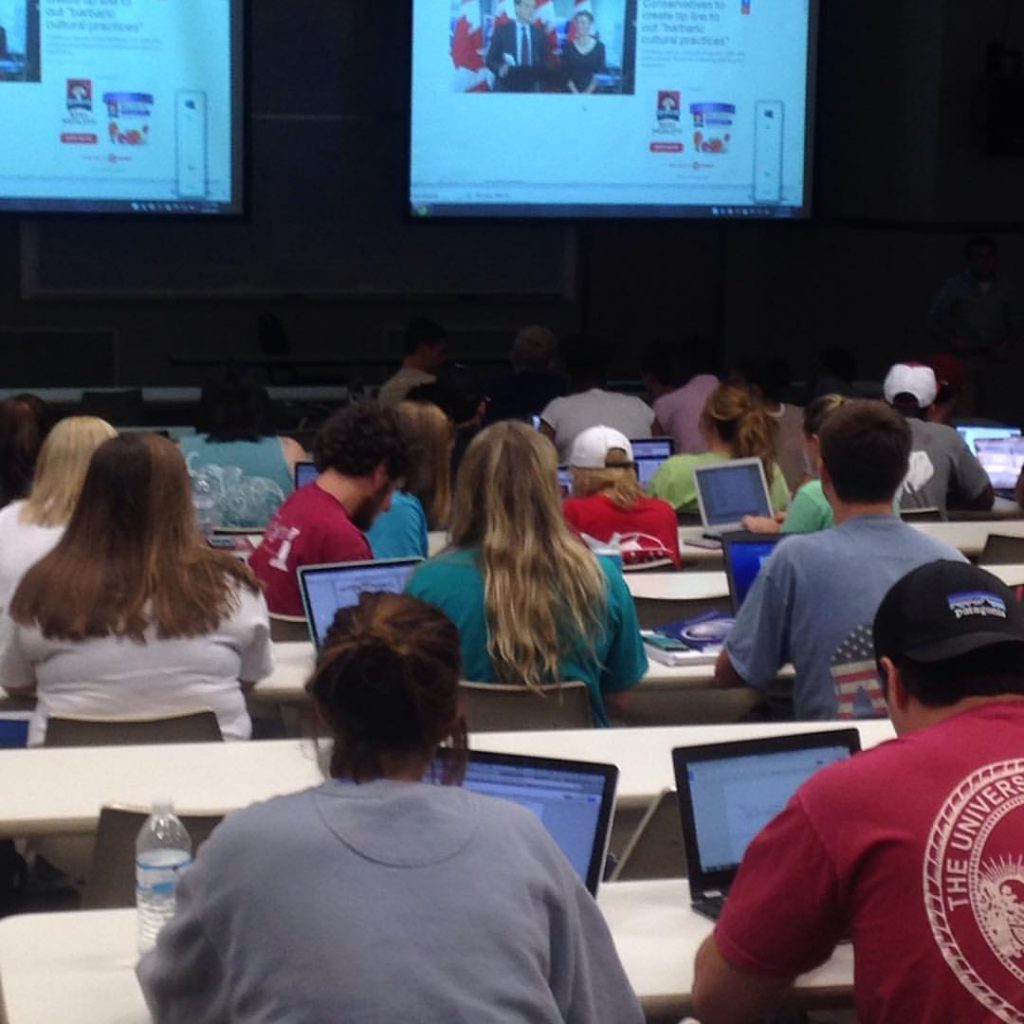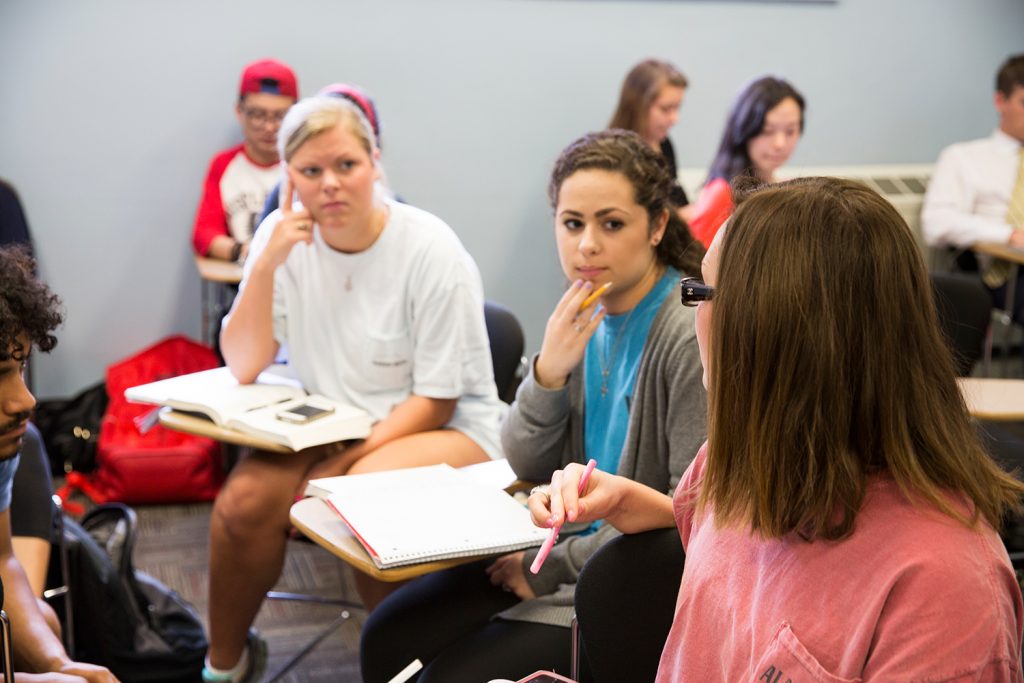by Nathan Loewen, Department of Religious Studies/eTech Did you notice the “Gradescope” option under the “Build Content” option in your Blackboard courses in Fall 2020? Perhaps you also noticed the Gradescope resources posted by the Center for Instructional Technology? Thanks to the support of the College of Arts and Sciences, the College of Engineering, and the Office of Information Technology, UA provided Gradescope for everyone using Blackboard on campus. And, thanks to the positive feedback of instructors, it is renewed […]
Read More from Using Gradescope to Give Detailed Feedback on Assignments









